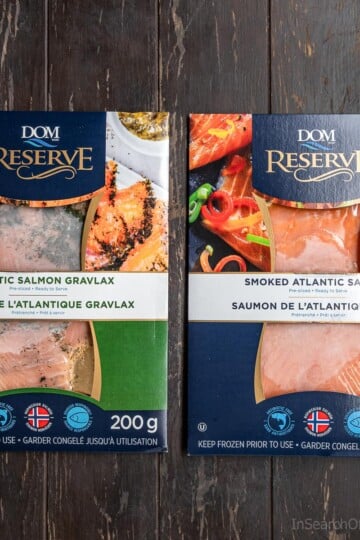Umeboshi are used as an accompaniment to rice in Japanese cuisine. They have a sweet and sour flavour, and can be intensely salty.

I rarely cook with umeboshi, but it is an interesting ingredient to experiment with. Just don't pop a whole one in your mouth! The flavour is way too intense for them to be eaten that way. Although, the flavour does remind me a bit of the dried salted plums that you find in Caribbean and Chinese markets.
What is Umeboshi?
Umeboshi are pickled ume fruits (which are a cross between an apricot and a plum), but are often referred to as a pickled plum.
This popular Japanese condiment is made by soaking young ume fruits in brine with red shiso leaves, which add flavour and a pinkish red colour. These finished plums have a sweet/sour/salty flavour, although the exact flavour varies depending on the type that you buy.

Where to buy it?
You can find whole plums (pictured above) and paste in some Asian markets and gourmet grocery stores. The Japanese grocery that I bought mine from had different variations in the cold section of their store. I bought two kinds, and preferred the one labelled "Shiso Umeboshi" as it was a bit sweeter than the Tsubo Ume pickle.
You can also find these products online. I have tried the Eden Umeboshi Paste, which is available on Well.ca and on Amazon. It tastes alright, but it's very expensive.
Personally, I prefer the flavour of the whole plums, which are found in the refrigerated section of speciality stores.
You can buy whole umeboshi from Amazon, but they are likely not the kind that needs to be refrigerated. Still, it's a decent option if you cannot find any in your area.
You can also try to make umeboshi at home!

How to use Umeboshi?
While this salty condiment is often served on top of plain white rice, you can also use it in marinades and dressings. If you have never used this ingredient before, be sure to add a little at a time as the flavour is very strong. Just a small bite can make your mouth pucker from the sour taste and extreme saltiness.
How to store it:
If you bought your plums from the refrigerated section of the store, then be sure to store it in the fridge. While some brands are shelf-stable, others may require refrigeration after opening. Be sure to follow the instructions in your package.






Brigitte says
Terrific description! I just tried it for the first time myself, at a local restaurant. It was an unusual flavour note in a tahini salad dressing which had been served over a roasted chickpea and brown rice salad. Having never heard of it before, I had to look it up. That's how I landed here. To your excellent analysis, I would like to recommend that if you are interested in trying umeboshi, approach it in the same way you would taste a Greek salt-cured black olive - don't eat a mouthful - just a tiny nibble! Expect a super-concentrated tastey burst of saltiness, sourness, sweetness, and tanginess all at once! I quite enjoyed it and look forward to buying some and experimenting with it myself.
Shareba says
Thanks for sharing your insights Brigitte! That's a great tip about treating it like a salt-cured olive - I didn't even think about that. That salad sounds like it was delicious too! Good luck with your experiments, and thanks for taking the time to write a comment 🙂